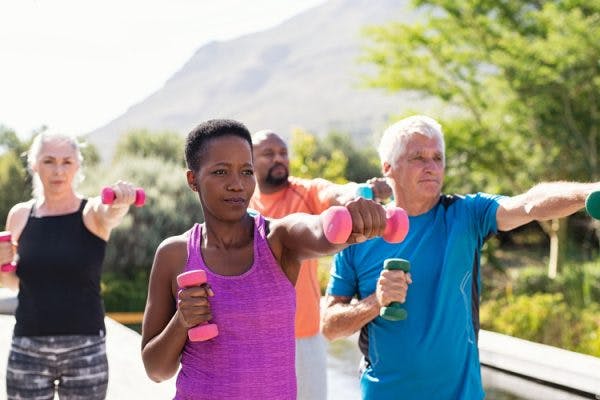
Exercise After Stroke: Why It Matters & What the Latest Guidelines Recommend
Exercise after stroke is crucial for recovery, but knowing exactly what exercises to perform can feel overwhelming. Every stroke is different, and every survivor will

Exercise after stroke is crucial for recovery, but knowing exactly what exercises to perform can feel overwhelming. Every stroke is different, and every survivor will
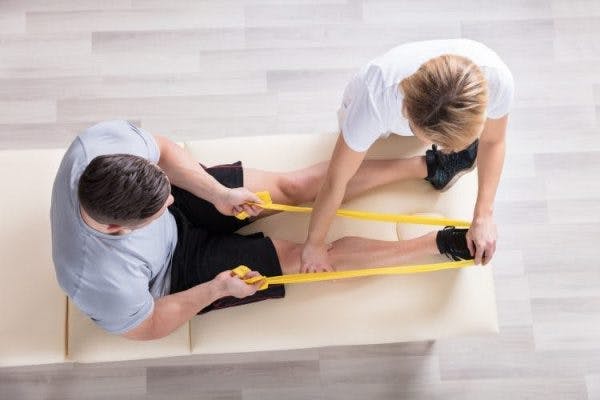
Following a stroke, survivors experience a wide range of secondary effects. These secondary effects depend on the type of stroke (ischemic or hemorrhagic), the area
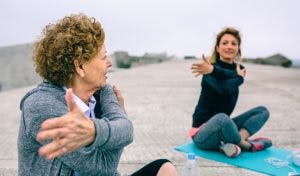
Many stroke survivors experience shoulder problems after stroke. Practicing shoulder exercises for stroke patients can help relieve pain and improve movement and strength of the
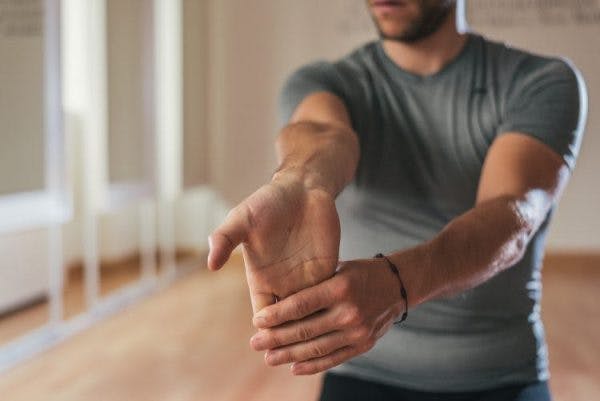
Passive range of motion exercises for stroke patients have many benefits, including reducing spasticity and improving mobility. These exercises involve the use of an external
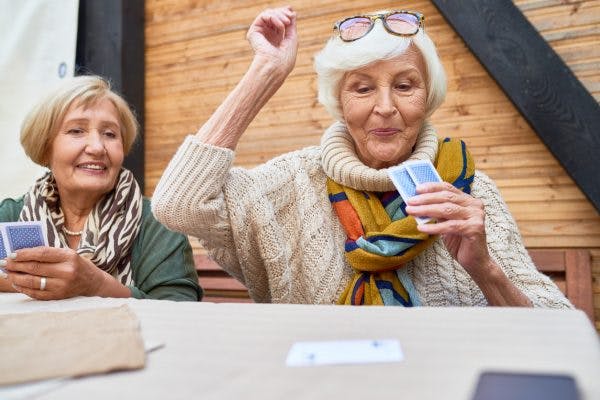
More than half of all stroke survivors experience a post-stroke cognitive impairment. This may affect many functions, including memory, problem solving skills, and the ability
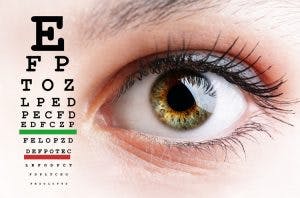
Visual impairments are experienced by over half of all stroke survivors. While some visual impairments directly affect ability to move the eyes, others affect the
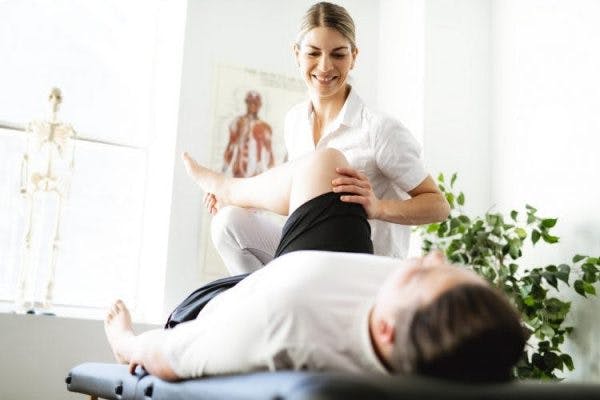
Exercise is the foundation of the healing and recovery process for stroke patients. This is true for all stroke survivors, including those experiencing paralysis after

Nearly 80% of stroke survivors may experience dysphagia, a condition characterized by difficulty swallowing. In approximately 40% of survivors, post-stroke dysphagia becomes a persistent condition,

Speech therapy exercises can help individuals improve their ability to communicate and produce language. They can be especially helpful after a neurological injury, such as

If you’ve experienced a stroke that affected your hand function, then these therapeutic hand exercises may help improve your hand mobility, strength, and fine motor

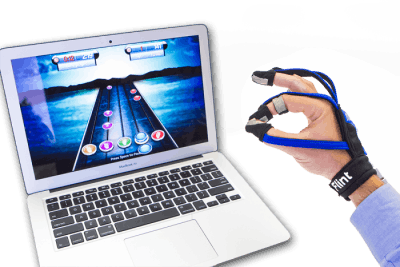
Take the first step towards recovery.